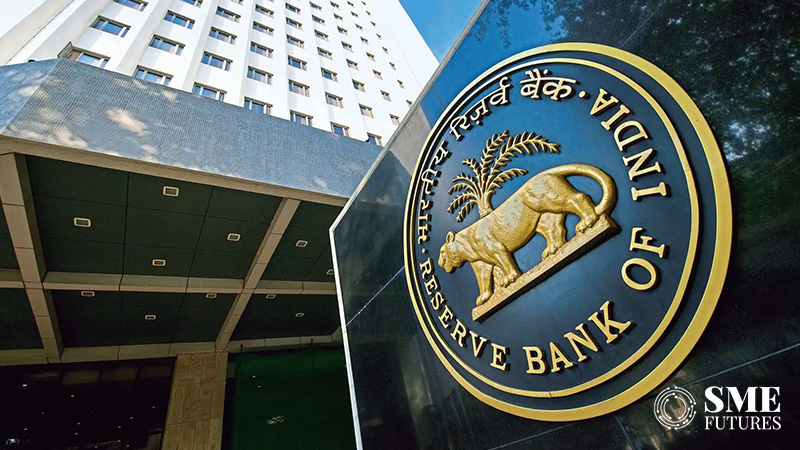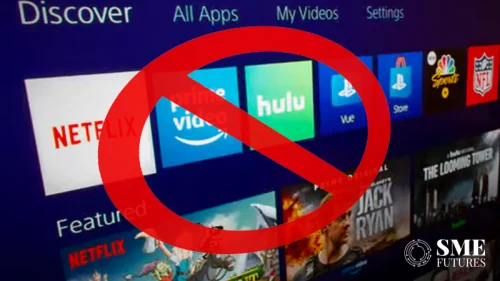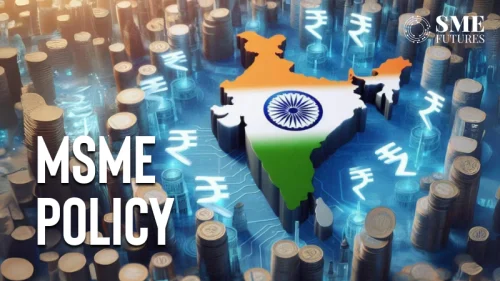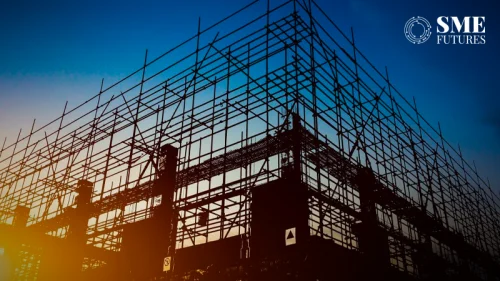India inc is once again expecting the hike in the repo rate by RBI MPC. The Reserve Bank of India’s Monetary Policy Committee is expected to raise the policy by 25 basis points.
The current repo rate is 6.50 per cent and since May 2022, the RBI has raised interest rates by 250 basis points.
According to economists, the RBI MPC is expected to change its stance after guarding against inflation with a 25 basis point (bps) increase in the repo rate on April 6.
“There will be a 25 bps increase (in repo rate) and change in stance — to neutral. The decision won’t be unanimous as last time. There will be a pause after the hike,” Madan Sabnavis, Chief Economist, Bank of Baroda told IANS.
Jyoti Prakash Gadia, Managing Director, Resurgent India feels the current macroeconomic uncertainties in the country and sticky inflation, coupled with global tightening and control are expected to prompt RBI to be cautious and continue with the rate increase.
Also Read: Automotive retail saw 14% YoY increase in March 2023
“The supply side issues, likely to be created due to unseasonal rains damaging the crops, is another pressing factor for the additional inflation control requirement.
Now the question is whether or not RBI is going to take the stance to pause the hike. Economists feels its unlikely.
“The central banks, world over are watching the situation with anxiety , following the failure of some leading Banks in US and Europe, and the RBI may not be in a position to take a pause as regards the repo rate increase at this stage,” said Gadia.
Although the GST collection and exports are indicating a positive sign, the growth inflation trade-off is still tilted in favour of more pressing and immediate inflation control.
“The rate increase therefore may not be avoidable at least for the current round of review even though the revival of the economy which is still at nascent stage would soon require a pause in the repo rate increase .The RBI may therefore also shift its stance to neutral taking into account the growth needs in the medium to long term,” he adds.
The RBI MPC is likely to change policy stance to ‘neutral’, with a non-committal forward guidance, said Madhavi Arora, Lead Economist, Emkay Global Financial Services.
Arora said, the neutral stance will give the MPC flexibility to be non-committal on forward guidance, yet subtly give direction on a ‘pause’.
“In our view, a ‘hawkish pause’ is less purposeful in sending clearer forward signaling, while a ‘hawkish hike’ makes even less sense from the policy perspective, amid limited macro levers and expected growth slowdown ahead,” Arora said.
Also Read: Job vacancies in BFSI witness significant y-o-y growth in March: Report
“We reckon a part of the policy compulsion was emanating from the sharp & consistent (upward) repricing of global rates and the consequent fear of INR (Indian Rupee) instability through capital account and the absent high risk-premia offered by India. Both fears are likely to diminish now, implying that the RBI can choose to pause ahead and keep policy flexibility amid a still-fluid global situation,” Arora added.
According to Pankaj Pathak, Fund Manager- Fixed Income, Quantum AMC, unseasonal rain, early forecasts of El-Nino, rising prices of milk and sugarcane and others are negative for the inflation outlook.
On the other hand, the banking crisis in the US and Europe and the slowing growth outlook might also be considered by some members. Another 25 bps rate hike with a stance change to neutral looks like the most likely outcome, Pathak said.
Continuing further he said, the bond market will focus more on the RBI’s future outlook. A 25 bps rate hike is broadly in price while retention or change of stance will move the bond market. Retention of the current policy stance as ‘withdrawal of accommodation’ will be perceived as an indication of further rate hikes and thus will be negative for the bond market.
The market will also look for the RBI’s position on liquidity conditions. The banking system liquidity deficit is likely to increase during the April-June period. In absence of liquidity support from the RBI, the short-term rate can move higher meaningfully, Pathak said.











